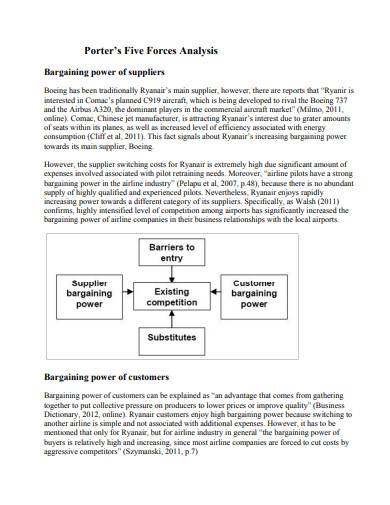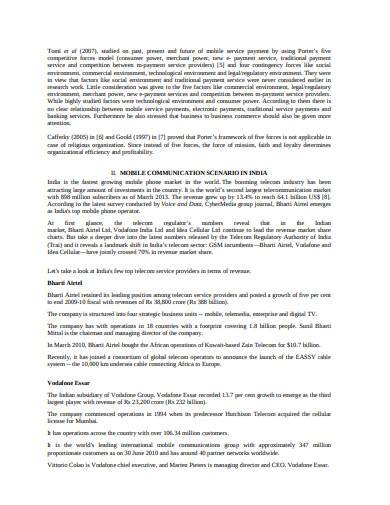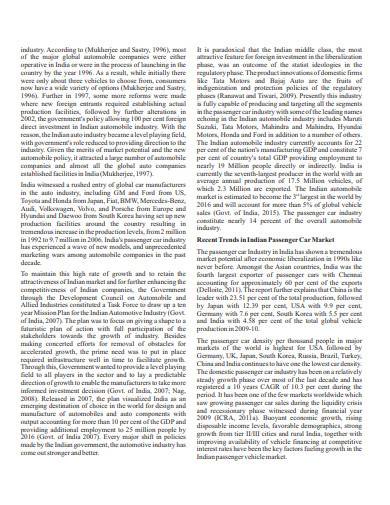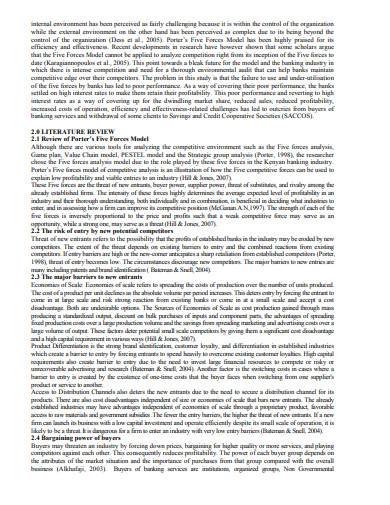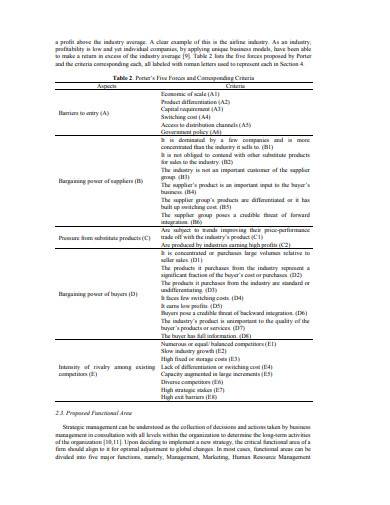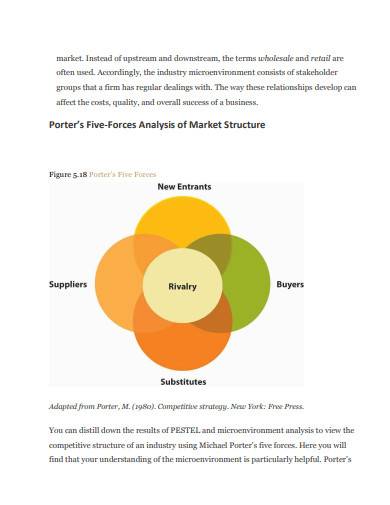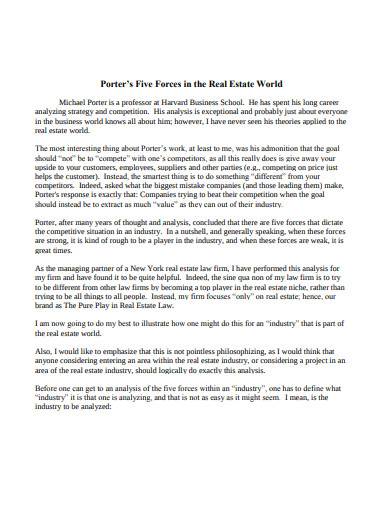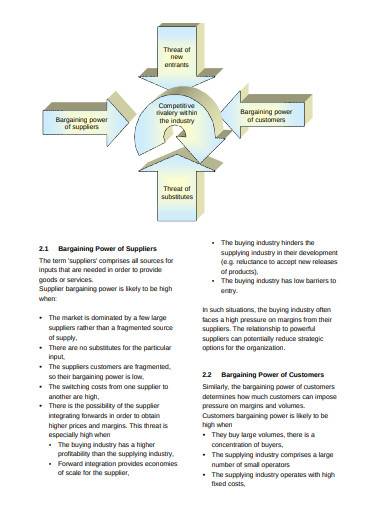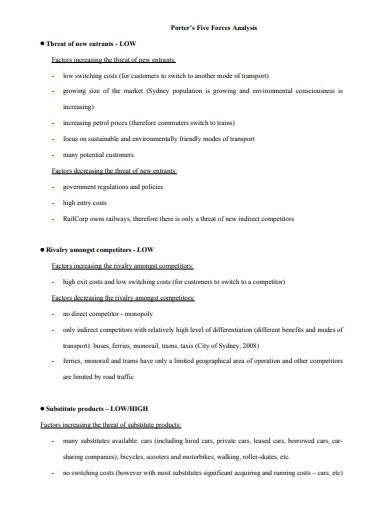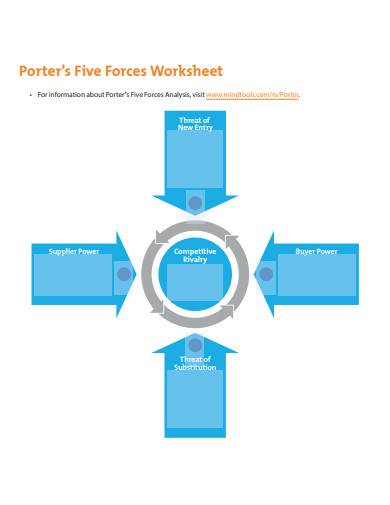Do you want your business to become the next Mcdonalds, Zara, Starbucks, Apple, Pepsico, or Netflix? It will not be easy, but it is not impossible either. How can you do it? There are lots of works to do to reach that high, but for starters, initiate the game by developing a winning business model. With the help of Porter’s Five Forces Analysis, you can create a smart strategy for your business, which we are going to discuss in this article.
What is Porter’s Five Forces Analysis
Developed by Michael E. Porter, Porter’s Five Forces Analysis is a business analysis framework that assists businesses to develop an effective business strategy. Through this business analysis, you can determine and study the important forces that drive the profitability of the industry. Despite criticisms, many business leaders and marketers use this analysis in running their companies.
The Five Forces
Five forces form Porter’s Analysis, and we’ll discuss each of them in this section.
1. Competitive Rivalry
When running a business, you can be lucky if there are only a few players in the market of your business’ industry. Chances are you can implement your product pricing without the influence of the customers’ definition of attractive price. However, that is not always the case. More often than not, you will have existing competitors in the market, which will drive your business strategy. You can say that a competitive rivalry is high if your company is similar to other companies in terms of size, strategy, and product features. It may also be a result of slow growth in the industry.
2. The Threat of New Entrants
Aside from the existing competitors, one of Porter’s Five Forces that you have to determine is the potential competitors. Unless there are barriers to entry in the industry of your business, there are high chances of more new players joining, sharing the existing market. You can say that the barriers for the new participants are high if the joining in the industry requires high opening investment and cost of switching the customers from the existing players. Patents and proprietary familiarity and access to the specialized technology, raw materials, and distribution channels, also play a significant role in determining if the barriers are quite high for the new entrants to join.
3. Threat of Substitutes
Substitutes are the products from the other industries that can fulfill the same customers’ needs. For example, you are selling fresh juices, which people consume to quench their thirst. However, these drinks can be more expensive than other beverage products, such as purified drinking water or soda, which increases the chance that people will buy the substitute products instead. This situation may hold you from setting the price that you intend.
4. Bargaining Power of Buyers
In certain circumstances, buyers can have a significant influence on the products’ prices in the industry. If it is the case, you have to consider it as an essential factor in your business strategy. The scenarios where the buyers have a strong influence on the products’ prices may include little to no difference between your products and the competitors’ products and limited profitable buyers.
5. Bargaining Power of Suppliers
Aside from the buyers, in particular industries, the suppliers can have the power to affect the prices of the raw materials. Since you need these materials to generate a product or render a service, you have to maintain a good relationship with the suppliers. When there is lesser competition in the suppliers’ businesses, most likely, they will have the power to increase the price of the raw materials without hurting their sales. Other situations that may affect the bargaining power of the suppliers are their possession of a patent or proprietary knowledge or expensive switching to another supplier.
10+ Porter’s Five Forces Analysis Samples
Now that you know Porter’s Five Forces Analysis, let us take a look at the following examples and templates. Whether you are in the pharmaceutical industry, cosmetic industry, restaurant industry, or automotive industry, you can use these downloadable documents as a reference in analyzing your business.
1. Porter’s Five Force Analysis Sample
2. Porter’s Five Force Analysis of the Mobile Cellular Template
3. Porter’s Five Force Industry Analysis Sample
4. Porter’s Five Force Analysis Model Sample
5. Porter’s Five Force Analysis Process Template
6. Porter’s Five Force Analysis of Market Structure Sample
7. Porter’s Five Force Analysis in the Real Estate World Template
8. Basic Porter’s Five Force Analysis Sample
9. Porter’s Five Force Analysis in PDF
10. Porter’s Five Force Analysis Worksheet Sample
11. Porter’s Five Force Analysis in DOC
How to Use Porter’s Five Forces Analysis Model
With the samples and templates that we have provided in the previous section, you must now have pictured out how you will conduct your Porter’s Five Forces Analysis. However, to ensure that you are using it correctly, you can refer to the steps below.
1. Gather the Necessary Data for Each Force
The first thing that you need to do is to gather the necessary information for each of the five forces we mentioned earlier. For additional guidance, you can also refer to the samples that we included in the previous section.
2. Analyze and Display the Results
Once you have all the necessary data, gather the team to conduct data analysis. In doing so, we recommend that you avoid comparing data for each industry that you are analyzing to ensure that you can distinctly interpret the affecting factors for each sector.
3. Form a Strategy
Based on the conclusion that you have come up in the previous step, create a strategy that will support your business goals.
Porter’s Five Forces Analysis is indeed a great tool to include in your business plan. If you are doing it correctly, your company can be as successful as today’s leading firms in your business’ industry. However, you should take note that even though you have the most robust business plan or strategy, you have to check it and make adjustments if necessary regularly. By doing it, you can ensure your business success in the future.
Related Posts
FREE 13+ Daily Sales Report Samples [ Restaurant, Activity, Cash ]
FREE 10+ Customer Segmentation Strategy Samples in PDF | MS Word
FREE 5+ Customer Perception Survey Samples in PDF | DOC
FREE 7+ Customer Ledger Samples in PDF | MS Word | Excel
FREE 10+ Corporate Social Responsibility Policy Samples in PDF | MS Word
FREE 10+ Corporate Bylaws Samples in PDF | MS Word
FREE 8+ Consultant Business Plan Samples in PDF | MS Word
FREE 11+ Construction Application Samples in PDF | MS Word
FREE 9+ Client Information Sheet Samples in MS Word | Excel | Pages | Numbers | Google Docs | Google Sheets | PDF
FREE 10+ Cleaning Business Proposal Samples in PDF | MS Word | Google Docs | Pages
Sample Chart of Accounts Templates
FREE 10+ Business Travel Report Samples [ Market, Industry, Trip ]
FREE 10+ Business Debt Schedule Samples in PDF | MS Word
FREE 17+ Branding Proposal Samples in PDF
FREE 10+ Art Gallery Business Plan Samples in MS Word | Pages | Google Docs | PDF

